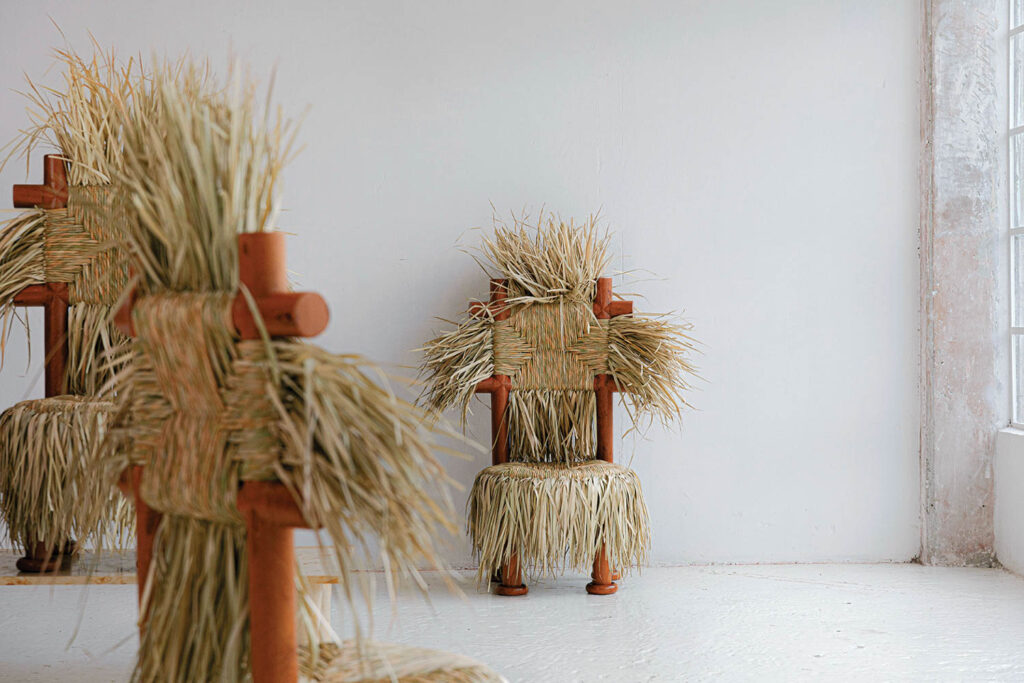
10 Questions With… Noguchi Museum Director Amy Hau
It was just a few months ago that New York’s beloved Isamu Noguchi Foundation and Garden Museum, also known as The Noguchi Museum, announced Amy Hau—who was once its namesake’s assistant—as its new director. Previously, a managing principal at the New York firm WXY Architecture and Urban Design, the multidisciplinarian not only has deep ties to the institution, but also the surrounding community. From the time she worked directly with Noguchi in the late 1980s, Hau has held various roles at the institution including director of administration and external affairs.
It’s with this first-hand knowledge, both in terms of creative and managerial responsibilities (which requires strategic planning and creative thinking in no less of a measure), that the museum’s new lead is helping to usher its next phase. Her mandate will not just center on supervising campaigns, but also on robust programming to commemorate The Noguchi Museum’s 40th anniversary as well as overseeing the ongoing build-out of its campus. As a lifelong resident of Astoria, Queens, Hau also sits on the board of numerous community initiatives and local cultural platforms. Part of her mission is to root the museum within its surroundings even more.
Here, Hau talks to Interior Design about lessons learned from Noguchi himself, her history with the museum, and plans for its continued development.
Amy Hau Shares Insights On What’s Next for The Noguchi Museum
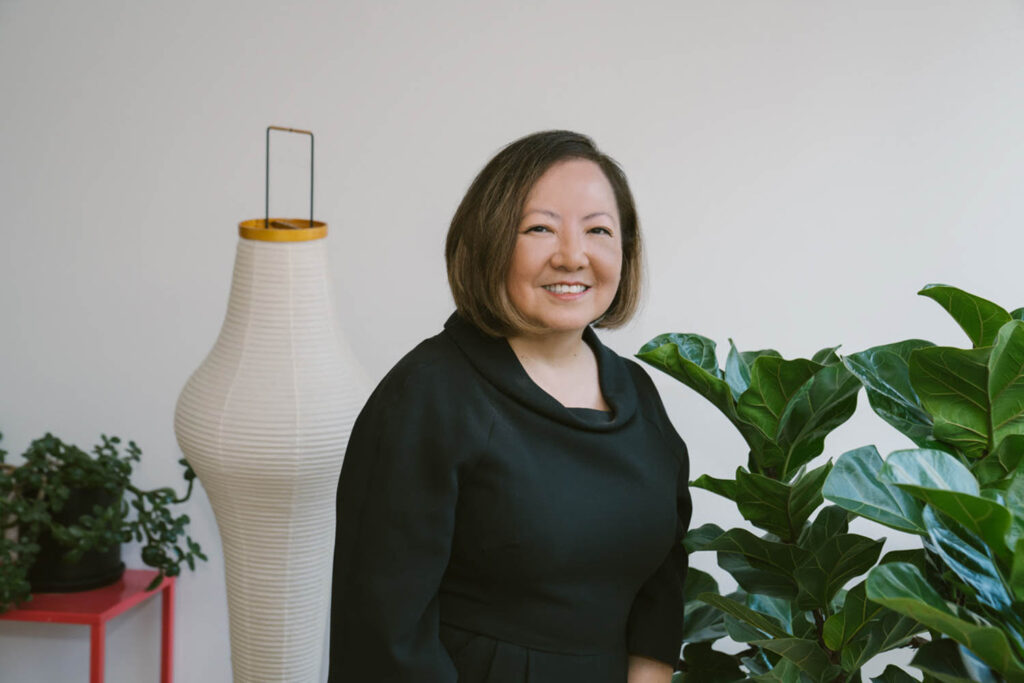

Interior Design: What about Isamu Noguchi has left an indelible mark on you?
Amy Hau: One of the biggest life lessons I learned from Isamu is about embracing change. A conversation that has remained with me since the early days came about when I expressed my frustration with how an artwork wasn’t turning out as expected; Isamu suggested that I incorporate the mistake. He pointed out that since I can’t undo my mistake, I should figure out how to adapt my composition to include the mistake and make it a new work. It was a revelation! Ever since, I’ve approached life, both personally and professionally, with this golden rule and I try to approach new opportunities with the potential of change in mind.
ID: Having served as Noguchi’s assistant, you’re familiar with the notion of inter- and multi-disciplinarity. How is that coming into play in this new capacity?
AH: In my nearly 30 years working for Isamu and the Isamu Noguchi Foundation, and then the consolidated Isamu Noguchi Foundation and Garden Museum—our entity today—I was part of the growth, from a handful of close associates of Noguchi into an internationally known art museum. I’ve had my hand in almost every aspect of operations.
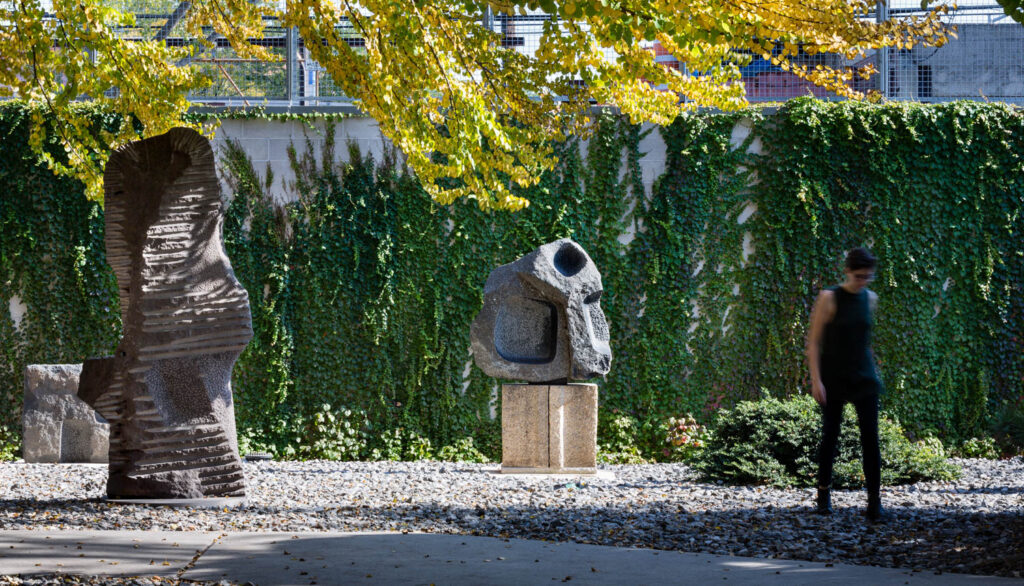
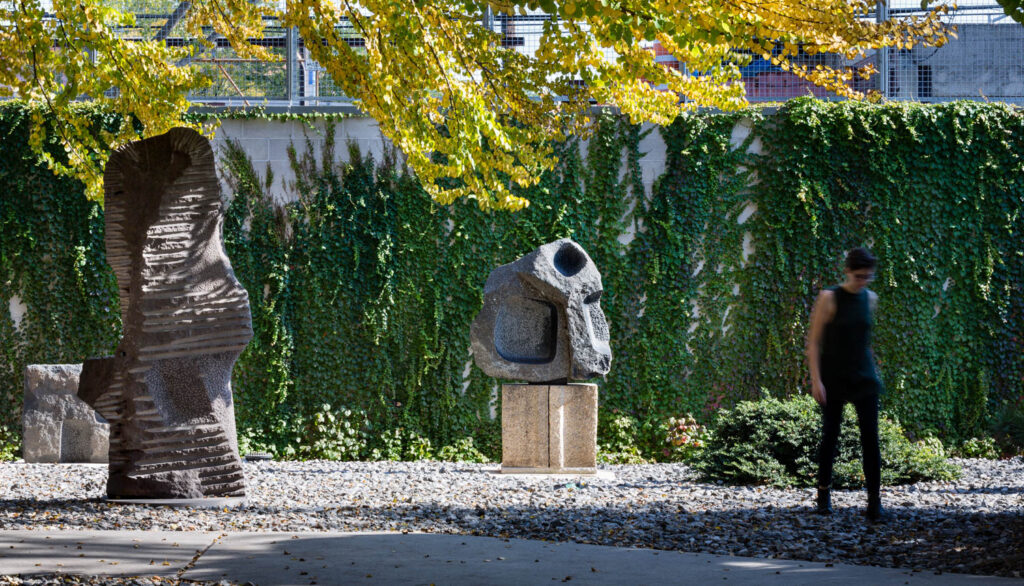
ID: How does your practice-based background working in architecture allow you to bring a fresh perspective and level of dynamism to this administrative role?
AH: As a managing principal at WXY Studio, I’ve had to move fluidly between business development, financial management, communication, and many aspects of operating a dynamic firm with exponential growth in the past eight years. I developed structures, implemented systems, and built teams to facilitate growth. All in all, I’ve learned that the key to any process is the people you work with, and I plan to continue cultivating and building our team here at The Noguchi Museum, helping us to reach our fullest potential.
ID: What is the scope of your mandate in terms of upholding Noguchi’s legacy and implementing the museum as a platform for other retrospective and contemporary programming?
AH: No matter how much we grow and change in programming and recognition, preserving the fundamental character and environment of the Museum, as Isamu envisioned it, as a place for contemplation and reflection, is most important.
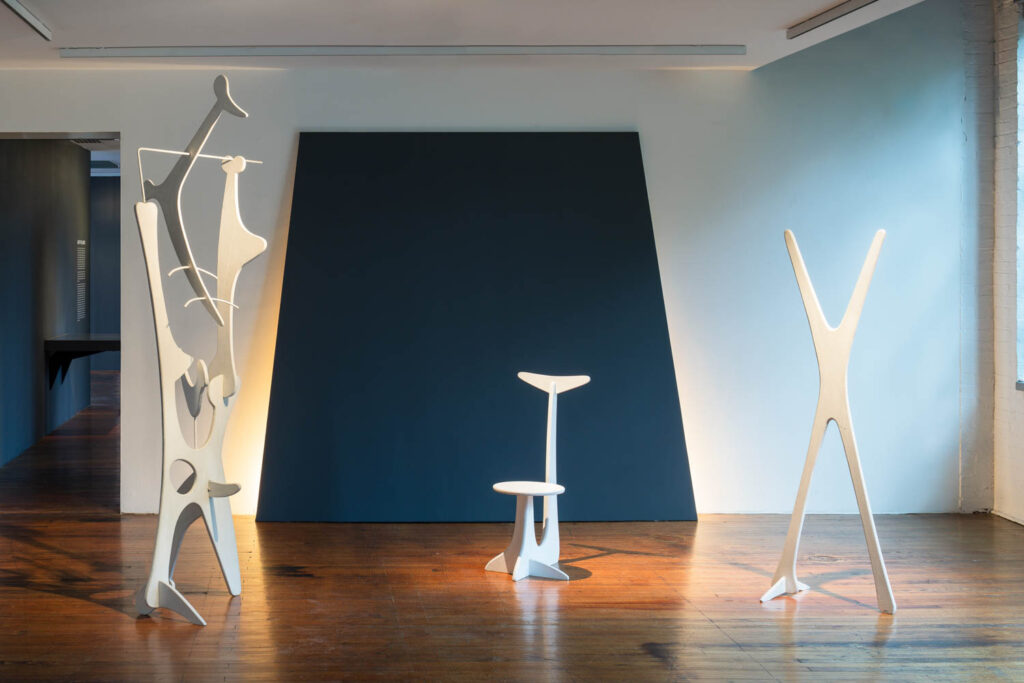
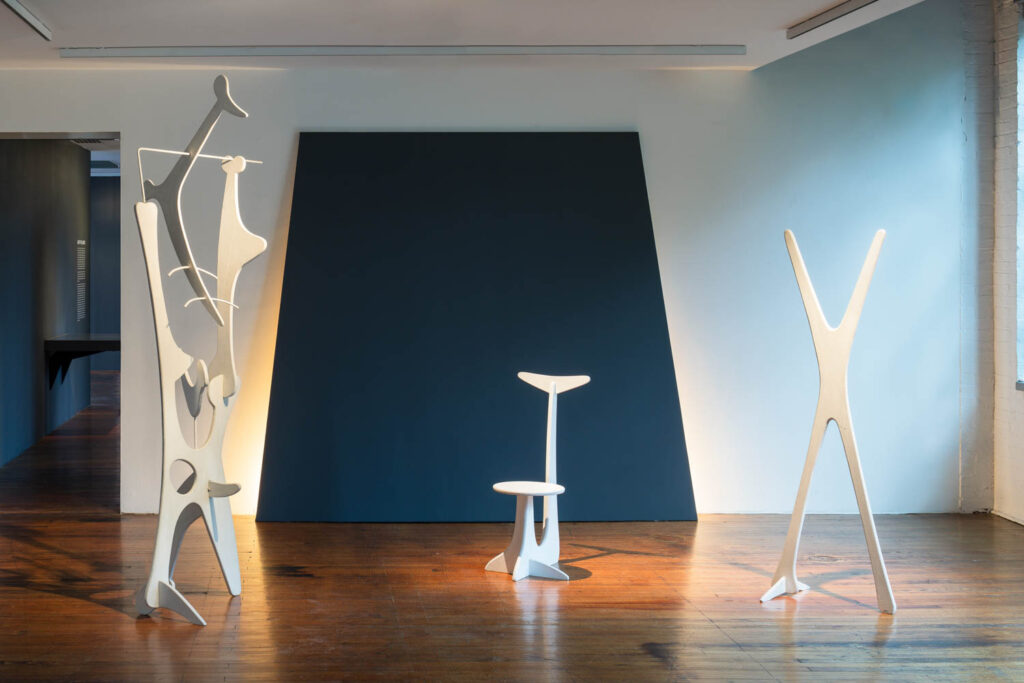
ID: What is your responsibility in terms of introducing new strategies and reaching new audiences?
AH: The Museum’s audience has grown tremendously in recent years, and national and international interest in Isamu’s art and design work has as well. I am interested in continuing to cultivate that growth and educate new audiences about the breadth and depth of his work and influence.
ID: Knowing the museum and its inner-workings so well, what would be your dream project in guiding the institution into its next chapter?
AH: What resonates with me is the origin story of what brought Isamu to this neighborhood in Queens in the first place. In the late 1950s/early 1960s, Isamu did some of his carving work at a friend’s studio in Long Island City and visited fabricators in the area. This off-the-beaten path studio introduced Isamu to the neighborhood. From there, Isamu purchased the abandoned factory building across the street in 1974 when he needed more space to store and display his works, and then the adjacent properties on the triangular block. In the late 1970s and early 1980s, Isamu started thinking of creating a museum to preserve his perspective as an artist. This evolution is so unique to us, and I look forward to drawing from that story in our programming and initiatives in the coming years. Isamu was so passionate about creating public spaces. Much of that work was done during his time in Long Island City, including realized and unrealized projects in New York City and beyond. I’d love to highlight his work in public spaces more, especially in New York City.


ID: From a curatorial standpoint, what for you is essential to disseminate about Noguchi’s work and philosophy, but also that of his contemporaries like Toshiko Takaezu?
AH: It never ceases to amaze me how prolific Isamu was, both in terms of the breadth of his work and lasting influence. However what’s even more impressive is the wide range of artists that were among his peers. Toshiko Takaezu is a great example. With Toshiko and others–some that we have highlighted in the past and others that I look forward to introducing their impactful relationships with Isamu through our programming–I’m reminded of the friends he made all around the world who fueled his exploration in what he defined as art.
ID: What are some upcoming projects that you’re currently developing?
AH: It’s an inspiration and delight that the Toshiko Takaezu retrospective and traveling tour Toshiko Takaezu: Worlds Within will be the first exhibition to open under my new tenure. Not only was she a dear friend of Isamu’s, Toshiko was a brilliant artist in her own right and a beloved teacher to all her students. I remember fondly her annual pilgrimage to the Museum with students and apprentices where she spoke to them about Isamu’s sculptures.

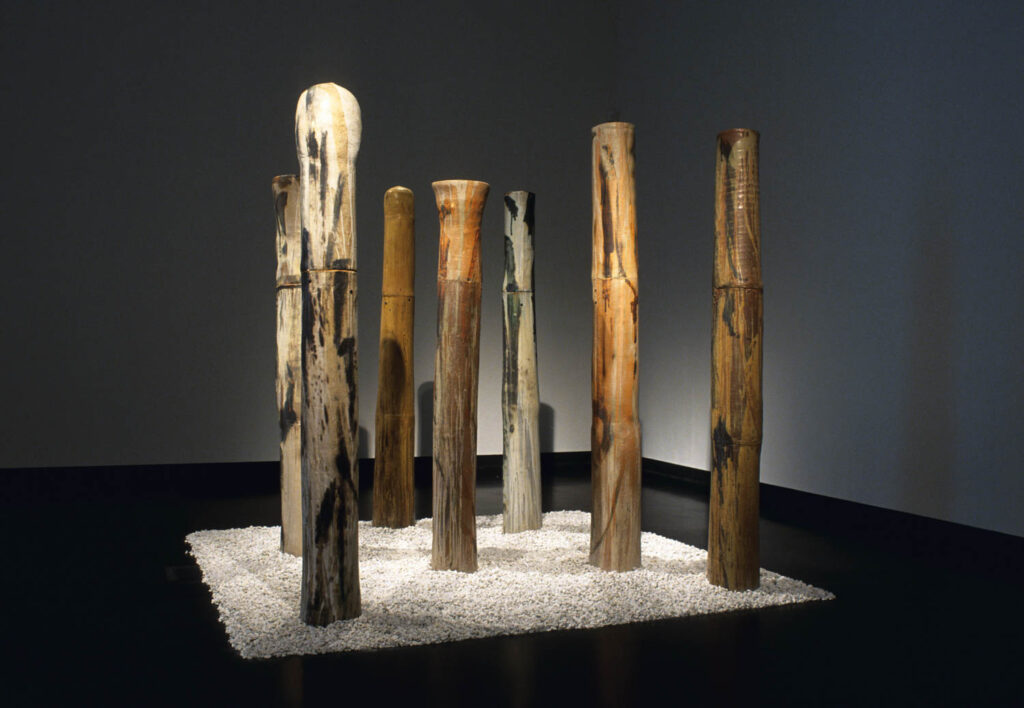
ID: What do you have planned for the museum’s 40th anniversary next year?
AH: My focus in the coming months is planning the celebration. Isamu had once described the Museum as his gift to the city, a city he loved. I’m hoping to pay homage to Noguchi’s New York (beyond our walls) with public programs around various sites. We will be exploring partnerships–locally and throughout the city–and I hope to have many partners help us celebrate our anniversary. Through the celebration, I hope people will visit or revisit the museum with a re-installation of galleries as Noguchi had originally installed, which will span the second floor galleries starting in late summer 2024 through our anniversary year.
ID: As someone closely linked to the Queens community, how do you hope to better connect the museum with its surroundings, both physically and in terms of engagement?
AH: Serving on the boards of our local Community Board and Socrates Sculpture Park, I have witnessed a great many changes in the neighborhood, and bring a unique perspective on public engagement with local businesses, community partners, and the arts community. I hope to partner and support other arts organizations in the area, to collaborate with them on programming that will help foster and support our growing community. The 40th anniversary celebration will also be a great opportunity for us to collaborate and support local businesses, individuals and communities.



read more
DesignWire
On the Move: March Design Industry News
From Perkins&Will to HGA, check out the most recent industry promotions, new hires and company news in Interior Design’s latest edition of On the Move.
DesignWire
Catch Barbora Žilinskaitė’s ‘Chairs Don’t Cry’ Exhibit in Los Angeles
“Chairs Don’t Cry,” Barbora Žilinskaitė’s 10-piece solo exhibition at Friedman Benda gallery in Los Angeles through March 30, features whimsical works.
DesignWire
Two Major Exhibits Spotlight Latin American Design
The Denver Art Museum and MoMA are spotlighting Latin American designs through the decades in major exhibits. Take a look at what’s on display.




